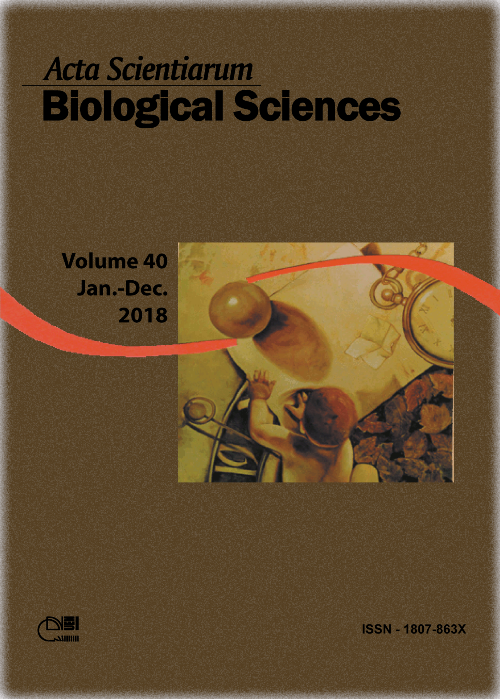<b>Bacteriocin-like inhibitory substance in aquaculture: a classic method of protein precipitation for a new aplicability
Abstract
Techniques to decrease losses from bacterial diseases are always important to improve the fish production. The use of antagonistic substances (bacteriocins) has been proven to be a viable option. The aim of this study was to evaluate different methods of purification for bacteriocin like inhibitory substances (BLIS). For the purification process, we isolated and used two Gram-positive bacilli that produce antagonistic substances for pathogens in aquaculture. Tests for detection of interfering factors were also performed. After the confirmation that the antagonistic action was due the BLIS activity, we carried out the purification methods. The methods tested were: cell free supernatant, acid extraction and ammonium sulfate precipitation at two concentrations (20 and 50%). Salmonella Tiphy CFP/IAL1472 and Aeromonas hydrophila (isolated in a tilapia production environment) were used as indicators of the efficiency of extracts in controlling pathogenic potentials. Ammonium sulfate precipitation at 50% was the most appropriate for purifying the antagonistic substance for both indicators. The extracts of the two isolates remained active for 22 days at 25ºC. These are promising results regarding the water and fish health without the use of antibiotics, in this manner being a safer environmental practice.
Downloads
DECLARATION OF ORIGINALITY AND COPYRIGHTS
I Declare that current article is original and has not been submitted for publication, in part or in whole, to any other national or international journal.
The copyrights belong exclusively to the authors. Published content is licensed under Creative Commons Attribution 4.0 (CC BY 4.0) guidelines, which allows sharing (copy and distribution of the material in any medium or format) and adaptation (remix, transform, and build upon the material) for any purpose, even commercially, under the terms of attribution.
Read this link for further information on how to use CC BY 4.0 properly.












1.png)




3.png)













